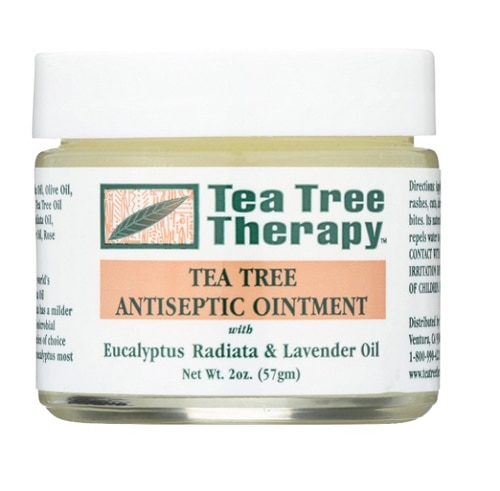While there are many ready-made kits available, and they'll do fine in a pinch, having a customized first aid kit for your child’s needs is the best way to be prepared for any and every situation that might come your way. What may be needed for babies and kids tends to be considerably different from what you'd want to have available for adults, not the least of which is appropriately sized bandages.
Must-have first aid box items
There are a few staples that should be a part of any first aid kit. Let’s face it, kids get hurt in a lot of the same ways no matter what generation we’re talking about. Scrapes, cuts, bruises and splinters are just part of the childhood experience. Every first aid kit should have sterile gauze, antiseptic ointment, bandages of various sizes, antibiotic ointment, small scissors and a set of tweezers.
You should also have vital information on index cards or in a small notebook for quick reference and easy access. Photocopies of insurance cards or a card with your medical insurance information, lists of allergies and emergency contact information are imperative to ensure you get prompt and appropriate medical care in the event that you are not able to advocate for yourself or your family or you just freak out and can’t figure out where to find that information in your panicked state. It sounds funny, but it’s true, sometimes you can’t think straight during a crisis so make things as easy as possible.
Child-appropriate doses
Ibuprofen and acetaminophen are basic necessities for a complete and comprehensive first aid kit, but you have to have the right dosage on hand. There are specific formulations for both children and infants and they are not interchangeable and it is extremely important that you don’t make that mistake. Keep dosage instructions attached directly to each container to keep you from mixing them up.
The same goes for a children’s antihistamine, which should also be part of your kit. Whether you go with chewable tablets or fruity flavored liquid, these over the counter medications can be life saving when used right and somewhat hazardous when administered in the wrong dose, so keep your dosing fool-proof however you go about it.
Personalized items of importance
If your child has an epinephrine injector for allergy-related emergencies you should unquestioningly have not just one, but two in your first aid kit. Be sure, as always, to pay attention to the expiration date and rotate out any injector that is nearing its recommended usage date.
If your child has any specific medication that they need on a daily basis, ask your doctor about how to keep backup doses in your first aid kit in case of emergency. If approved, keep the medication in a childproof container so curious little fingers don’t get a hold of it.
Consider adding extras
If you have the space in your kit, there are some really useful items that can be added that may come in handy when you least expect it. Insect repellent, while not technically a first aid product, is always good to have in a safe place. Other additions that you should consider are skin soothing treatments like calamine lotion or aloe vera gel, a cooling pack and an extra set of clothes.
Where to store your first aid kit
Keep your first aid kit in a easily accessible place, like a broom closet or under your bed. Even though you want to keep kids out of it, putting the kit up on a high shelf isn't a great idea because in the event of an emergency you want anyone to be able to grab it that needs to.
Also, don’t keep it in the bathroom. Although it seems logical, since that’s where so many of us keep health and first aid items, your kit will contain all kinds of things that need to stay in stable temperature and humidity, so in a cabinet next to a steamy shower isn't the best location.




